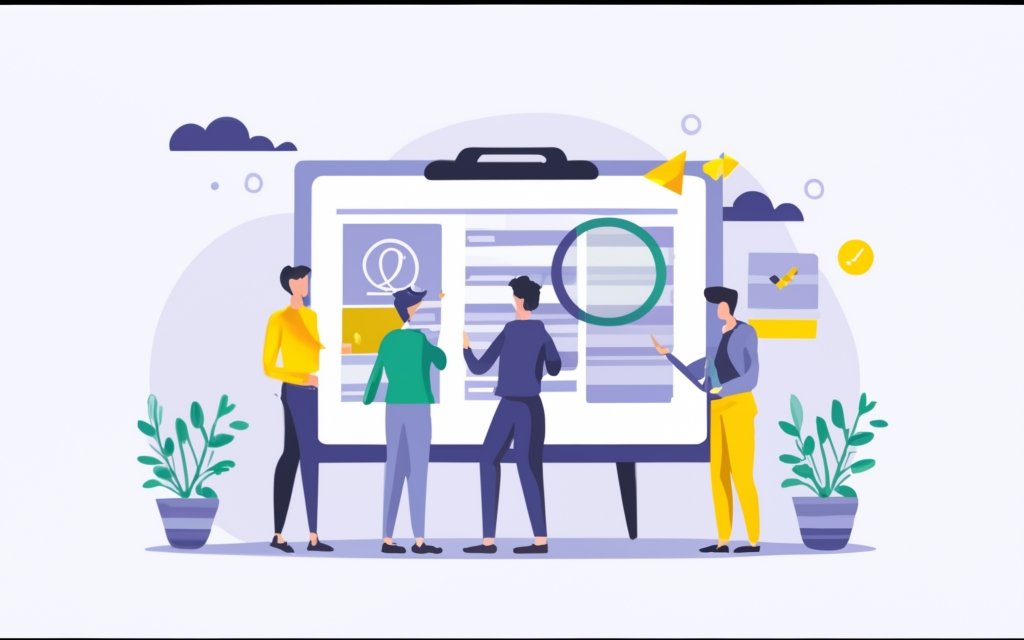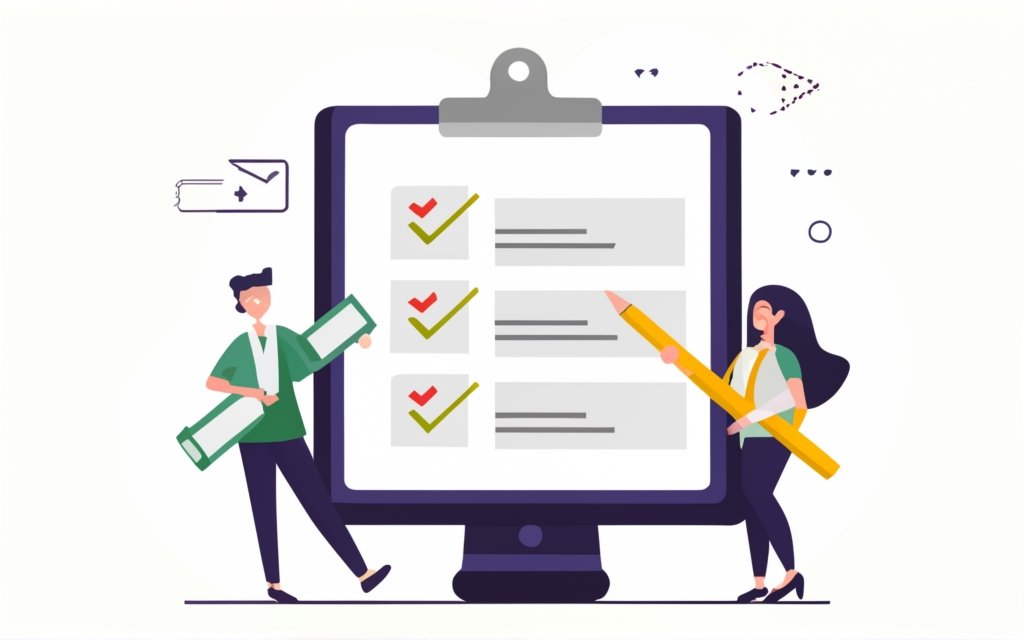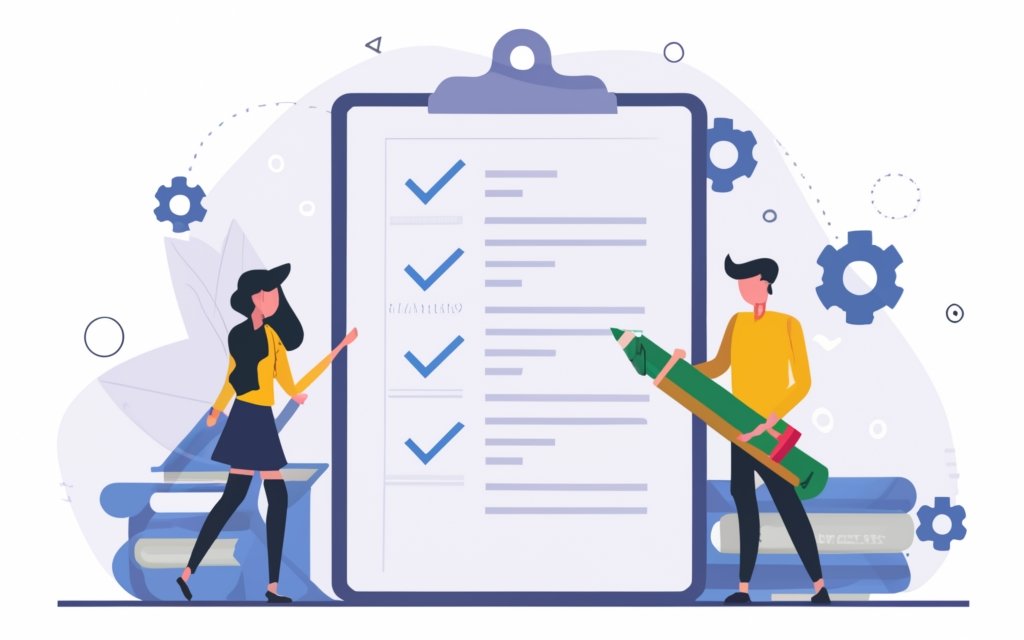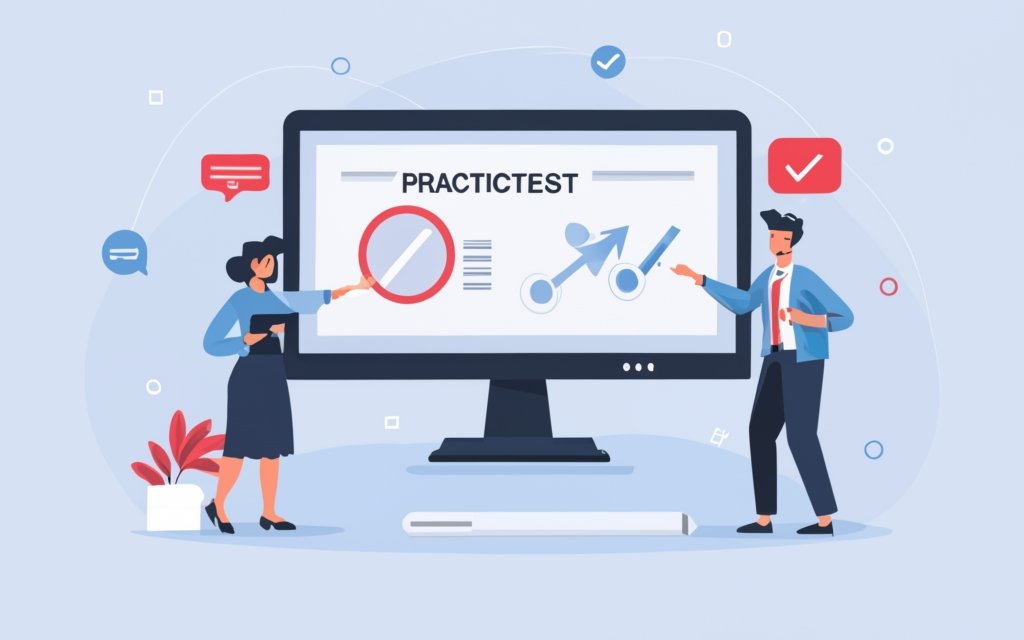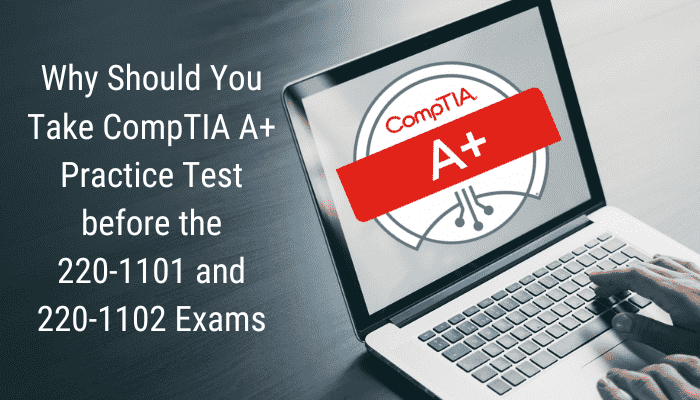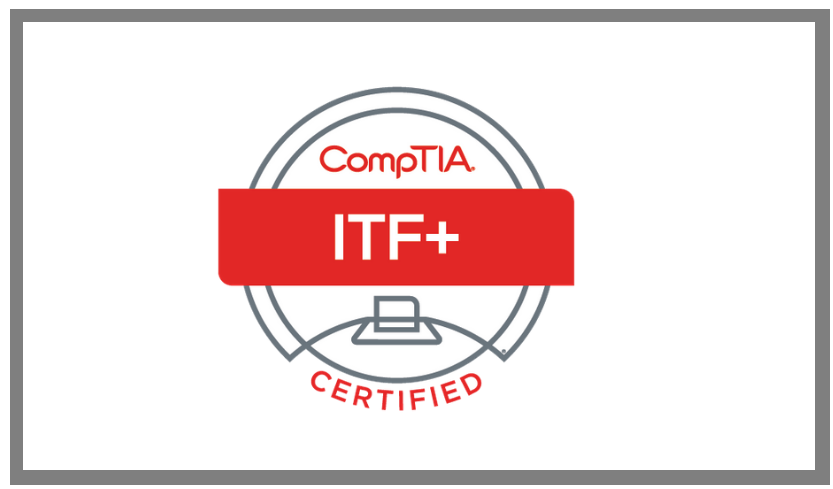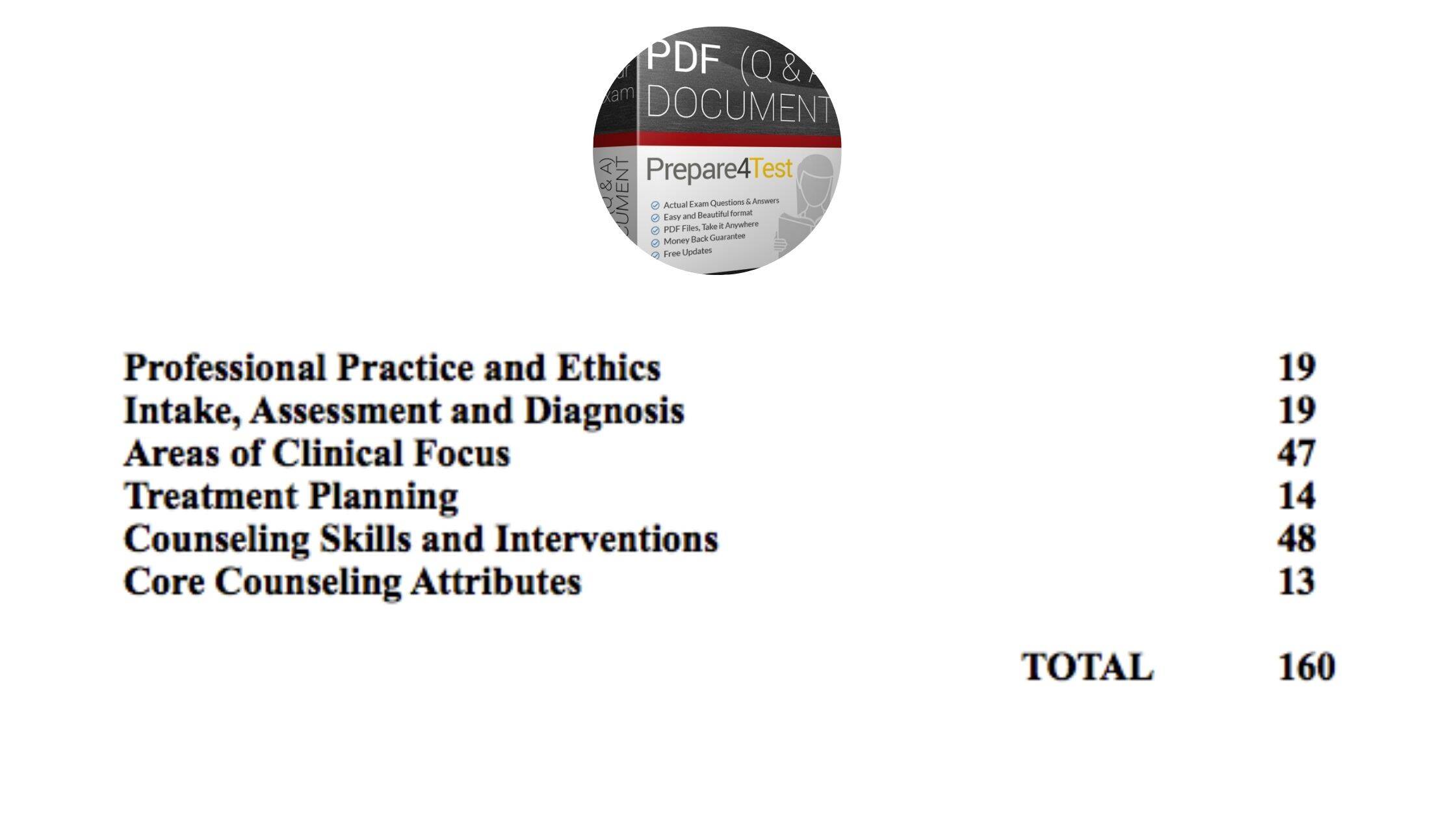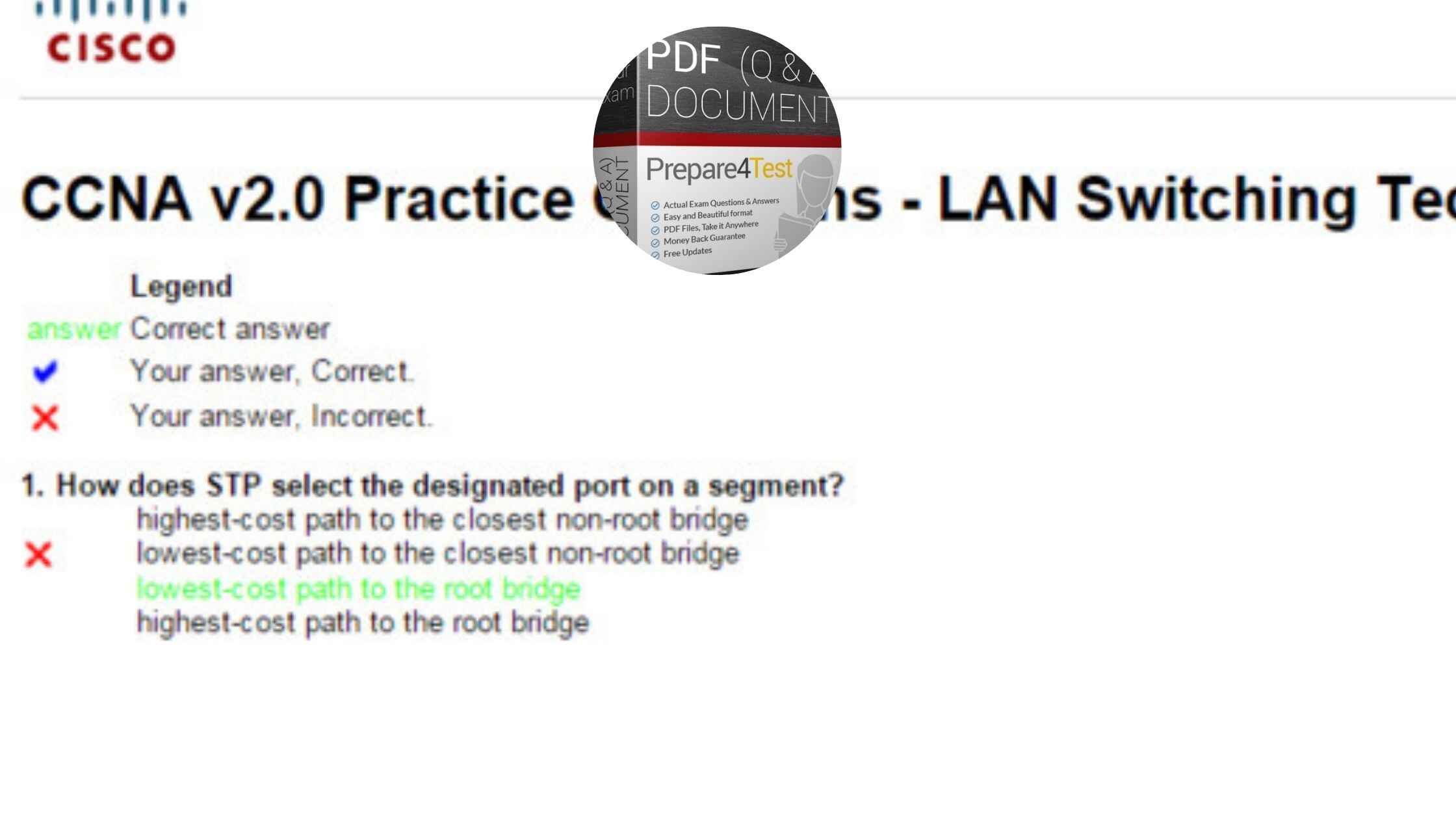
The Cisco Certified Network Associate (CCNA) certification exam is notoriously challenging, with expansive topic coverage and a broad range of complex questions that test both theoretical knowledge and practical skills. Many promising networking professionals buckle under the intimidating scope of this assessment. However, with the right preparation strategy and a practical approach, it is possible to tackle the CCNA exam with confidence. This article provides insider tips and strategies to help you ace those infamously tricky CCNA test questions.
By understanding the structure of the CCNA exam, mastering essential networking topics, developing focused study strategies, learning how to approach different question types, avoiding common mistakes, utilizing practice exams, and more, test-takers can transform the CCNA from a daunting obstacle into a conquerable goal on their journey to become Cisco networking experts.
Understanding the CCNA Exam Structure
The Anatomy of the Assessment
The current CCNA exam is formally titled “Implementing and Administering Cisco Solutions (CCNA)” and carries the code 200-301. This revised version combines previous ICND1, ICND2 and CCNA material into a single comprehensive exam. It tests knowledge and skills related to network fundamentals, network access, IP connectivity, IP services, security fundamentals, and automation and programmability.
The 200-301 assessment contains around 100 questions that need to be answered within 120 minutes. This time limit translates to roughly 1 minute and 12 seconds per question! The questions are presented in a variety of formats including:
- Multiple choice: Select one correct answer from four options
- Drag-and-drop: Match items between columns
- Simulations: Configure or troubleshoot a network scenario
Understanding this demanding structure is the first step in developing time-saving strategies to ace the CCNA exam.
Why the Structure Matters
The CCNA does not just test your theoretical knowledge – it examines your ability to apply that knowledge efficiently. The breadth of topics means you cannot get bogged down pondering any single question. The variety of complex question types prevents you from settling into a comfortable groove. And the unforgiving time limit punishes hesitation and indecision.
You must enter the exam equipped with a game plan to dissect questions quickly, eliminate incorrect answers decisively, and manage your time wisely. The tips provided in this guide will help you do just that. But first, let’s look at the core topics you need to master…
Essential Topics to Master for the CCNA Exam
Network Fundamentals
This module forms the foundation of the CCNA exam, assessing your knowledge of basic network concepts like the OSI model, IPv4 addressing, subnetting, and Ethernet LANs. Ensure you understand classful vs classless addressing, reserved networks, VLSM, route summarization, cabling standards, access layer switching, and more.
Network Access
Topics here include configuring and securing access layer switches, VLANs, trunking, inter-VLAN routing, port security, DHCP, LLDP, CDP, and SPAN. Know how to configure and verify Layer 2 discovery protocols, VLANs and trunks, Ethernet switching, DHCPv4, and access-lists for port security.
IP Connectivity
This section covers routing concepts including static and dynamic routing with distance vector and link-state protocols. Study router configuration, OSPF multiarea, EIGRP, and routing between VLANs and across WAN links. Become adept at calculating routes based on administrative distance and metrics.
IP Services
Key topics are ACLs, NAT, NTP, SNMP, NetFlow, QoS, and FHRP. Understand how to implement standard and extended IPv4 ACLs, NAT, DHCP server, NTP, SNMP, NetFlow, QoS policies, and HSRP. Be able to troubleshoot issues and monitor IP networks using common protocols and utilities.
Security Fundamentals
Learn how to implement device hardening, secure management and access, authentication, authorization, accounting, and endpoint security such as 802.1x and VPNs. Know how to describe CIA triad, AAA, SNMPv3, SSH, ACLs for IPv4/IPv6, endpoint security using 802.1x and VPN technologies.
Automation and Programmability
This module tests foundational knowledge of network programmability, automation, REST API, configuration management tools and data models such as JSON, XML, YAML and YANG.
Use the official Cisco exam topics to guide your preparation according to the percentage of questions asked from each module.
Now let’s move on to some study strategies to lock down this extensive material…
Study Strategies for the CCNA Exam
Take a Cisco Course
Cisco offers both self-paced online and instructor-led CCNA training courses. These directly align to the exam content using official curriculum. While expensive, they can accelerate your preparation through structured labs, expert instruction, and simulated exams. Some courses even guarantee you will pass the CCNA!
Hands-On Practice
The CCNA exam expects you to apply knowledge to real-world scenarios. Simply reading books or watching videos is not enough. You must get hands-on practice configuring routers, switches, ACLs, NAT, DHCP etc using Cisco IOS command line interface (CLI).
Use lab simulators like Cisco Packet Tracer or GNS3 to create networks and practice skills like:
- Configuring VLANs, trunks, inter-VLAN routing
- Implementing OSPF and EIGRP dynamic routing protocols
- Securing devices with SSH, SNMPv3 and ACLs
- Building redundancy with FHRP protocols like HSRP
- Monitoring with IP SLA, NetFlow and QoS
This transforms theoretical concepts into practical experience that pays dividends on exam day.
Read Widely, Take Notes
Supplement Cisco’s dry technical manuals with more readable study guides, visual summaries, flashcards, and online blogs. Highlight, bookmark and take handwritten notes across all mediums. Condense notes into quick reference sheets grouped by exam topic.
Study Groups
Connect with people preparing for the CCNA exam through study groups. Discuss complex concepts, compare notes, quiz each other’s knowledge, and stay motivated. Leverage the wisdom of the crowd to dissect tough exam topics as a team.
CCNA Practice Test
Reinforce your learning by taking mock exams across a range of providers such as Boson, Pearson IT Certification Practice Test, MeasureUp, Kaplan and Cisco Press. Review questions you get wrong to plug knowledge gaps. This reveals blindspots and builds the speed, accuracy and confidence needed to conquer the real CCNA assessment.
Now let’s move onto some key strategies for tackling those tricky CCNA test questions…
Tips to Tackle Different Types of CCNA Questions
Multiple Choice Questions
- Read the question and answers thoroughly
- Highlight keywords – what is the question really asking?
- Eliminate obviously incorrect answers
- Watch for absolutes e.g. always, never, must
- Select the most right answer based on your knowledge
- Guess intelligently if uncertain and flag for review
Drag and Drop Questions
- Read the question carefully
- Work from left to right on the columns
- First eliminate incorrect matches that do not make logical sense
- Then use process of elimination for the remainder
- Visualize performing the task described
- Take your best guess if uncertain
Simulation Questions
- Read the scenario completely including any instructions
- Identify the end goal and key configuration settings provided
- Visualize performing the task in real equipment before answering
- Use show commands to verify configurations
- Test configurations with pings or other connectivity checks
- Double check all work before submitting the simulation
Throughout all question types, flag and skip rather than get stuck. Review flagged questions once you have answered the rest. Use process of intelligent elimination rather than trying to recall answers directly.
Common Mistakes to Avoid in the CCNA Exam
Many CCNA test-takers fail because they repeat the same fundamental errors:
Poor Time Management
They spend too long pondering individual questions and run out of time. Move on if stuck and come back later. Use all allotted time and resist the urge to rush at the end.
Not Reading Questions Properly
They skim read and make assumptions instead of fully digesting the question. This leads to silly mistakes.
Knowledge Gaps
They did not put in the requisite study time across ALL sections and find entire question types they cannot comprehend.
Not Mastering the Basics
They rush into advanced configs without nailing down core networking fundamentals first. Master the basics before pursuing more complex tasks.
Not Practicing Configs
They only read about concepts without hands-on practice. This results in inability to apply knowledge during complex simulations with aggressive timers.
Losing Discipline in Later Sections
They maintain test discipline for some sections then grow frustrated or tired later on. Stay focused and avoid careless mistakes at the end.
Second Guessing
Changing correct gut choices to incorrect answers due to overthinking. Trust your first choice unless you are certain it is wrong.
Utilizing Practice Exams for CCNA Preparation
Practice exams from reputed providers are invaluable CCNA prep tools. They build the speed, accuracy and familiarity needed to pass the notoriously difficult real exam.
Benefits of Practice Exams
- Experience the actual exam format and structure
- Discover knowledge gaps to refine your learning strategy
- Become familiar with the variety of question types
- Learn to manage time constraints when answering questions
- Improve speed and accuracy in solving problems
- Build confidence by assessing exam readiness
Choosing a Practice Exam Provider
While cheaper, many free CCNA practice tests online have poor question quality with errors and inaccuracies. Invest in premium practice exams for realistic content and functionality mirroring the real exam.
Leading providers to consider include:
- Boson: Very technical and difficult exams that score you on each topic
- Pearson: Aligned directly with Cisco Press study guides
- MeasureUp: Clear answers with detailed explanations
- Kaplan: Mixed feedback on technical depth
- Cisco Press: Created by subject matter experts
Ideally purchase access to exams across multiple providers to experience the widest variety of questions.
The Role of CCNA Exam Dumps
Exam dumps refer to brain dumps or dumps of the actual CCNA exam questions illegally obtained through braindump sites and forums. They should be avoided for several reasons:
Promote Cheating
Using dumps is unethical as it helps people pass by memorizing questions rather than gaining skills. This compromises the integrity of the CCNA certification.
Impact Your Career
Getting certified through dumps rather than real capability can backfire on your career. You may fail deploying technologies you are supposedly “certified” in.
Dumps Get Outdated
As exam questions get updated, dumps become useless. Wasting time memorizing dumps distracts from genuinely learning the underlying concepts and skills.
Legal Issues
Cisco actively works with law enforcement to prosecute dump sites and test-takers using pirated content. You risk damaging legal consequences.
While dumps are tempting for desperate test takers, avoid short-term gains for long term pain. Invest your time into properly developing the network engineering expertise that CCNA demands.
Conclusion
Conquering the Cisco CCNA exam requires:
- Comprehensive theory and practical skills across exam topics
- Strategies to tackle different question types
- Avoiding common mistakes under pressure
- Extensive practice to build speed and accuracy
This guide provides actionable tips to help you achieve CCNA success through legitimate preparation. With determination and commitment, you can leverage the CCNA certification to prove your networking capabilities to employers and earn the career advancement you deserve.
The journey will be challenging but intensely rewarding. Stay motivated and focused on the end goal – becoming a Cisco Certified Network Associate. You CAN master those tricky exam questions. Now get going and good luck!

